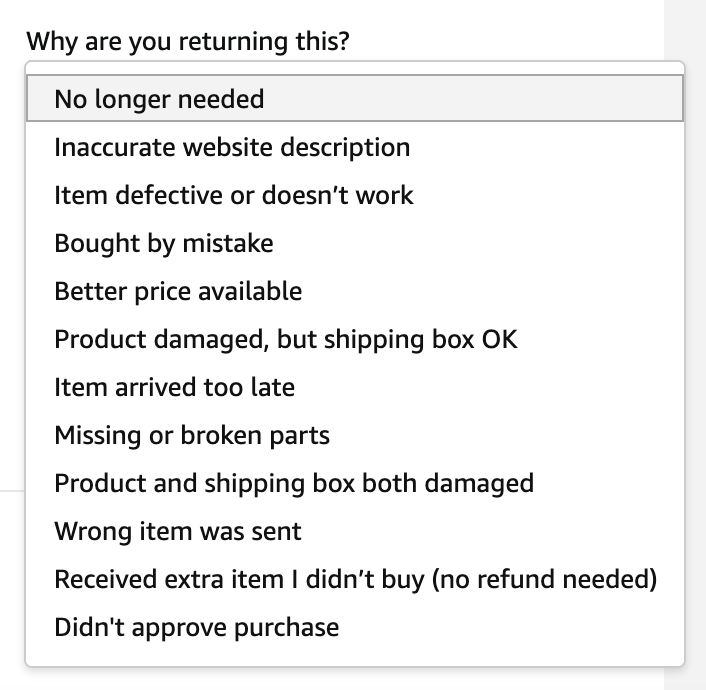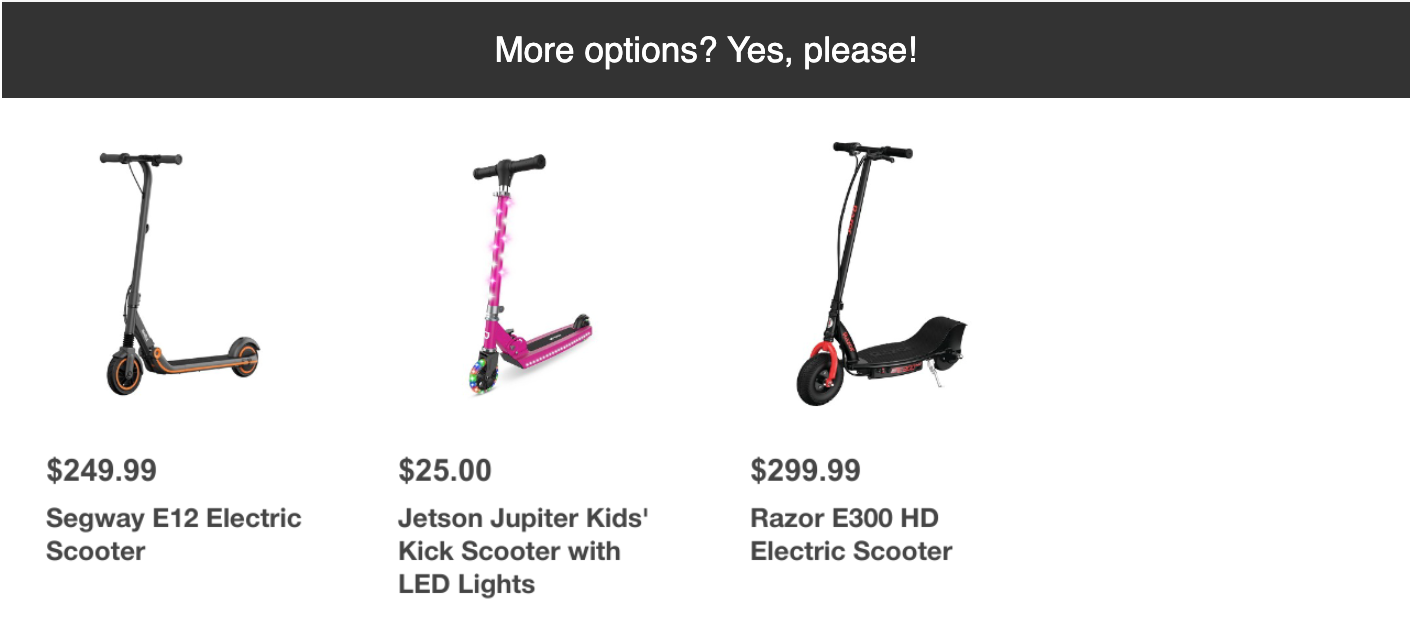They loved your product — until they didn’t. Maybe it looked different in person, didn’t meet their expectations, was damaged, or they simply changed their mind. Whatever the reason, your customer now wants to return the product they purchased from your brand. Now what?
The first thing you’ll want to do is process their return, of course. But after that, it’s time to crank out an email marketing campaign to hopefully capture this engaged customer again. How are they engaged if they are making a return, you ask? Well, they did just convert, so you want to strike while the iron is still hot.
Become the best CRMer you can:
CRM Hack: Monitoring the User’s Heartbeat
What Does It Mean to Treat a Customer’s Email With Respect?
To Lock or Not to Lock Customers (into CRM Journeys)
What the Efforts to Promote Responsible Gaming Look Like Form the Inside
Why target consumers who make product returns?
Anytime someone purchases one of your products only to return it later, it can be frustrating. And that’s especially true for ecommerce shops, considering 30 percent of all products ordered online are returned. Compare that to the 9 percent of products returned to brick-and-mortar stores.
Luckily, there is a silver lining here: 92 percent of consumers say they will buy again if the product returns process is easy. For 79 percent of consumers, having free return shipping is a major part of making it easy.
Optimove research shows that product returns could lead to returning customers, too!
So, to earn back the business of people who have made returns, you need to send them targeted messages. Check out these five email marketing best practices to follow after a product is returned:
1. Cover the logistics.
Before you can start trying to woo them with another amazing product (one they hopefully won’t return), you need to make the returns process as painless as possible. Because if you want them to buy from you again, they need to feel reassured that it’s easy to return items if something happens again. You should also include your returns policy on your website so nothing you say now will come as a surprise — and because 67 percent of consumers check your policies before making a purchase.
Once they have initiated the returns process, send them an email that explains exactly what they need to do. For example, let them know they need to print the return label in the email (or by following a link), put the unopened product in a box, and put it in the mailbox or take it to a physical store. Nearly half of consumers say they want an easy-to-print return label, so keep that in mind. More than half say they would like the option to return the item to a physical store. Clearly spell out what they need to do to return the item.

2. Ask for feedback.
If you don’t already have a feedback component with your returns policy, be sure to include one in an automated email campaign. This can be a short and sweet email that simply asks them why they returned the product. To make it as painless and easy for the consumer as possible, include a multiple-choice form inside of the email so they can choose the reason for the return. You can also include an “Other” field if their reason isn’t on the list. Since not all customers want to be hassled, you can make this response voluntary.
Here’s a list of return reasons Amazon gives customers:

You know your audience best, so include reasons in the list that you’ve seen customers regularly give when returning. This information will help you be proactive with future orders to try and prevent the issues that lead to returns. Be sure to also include contact information for your customer service team so they can reach out about potential issues. Who knows — maybe if they were able to talk with someone, they wouldn’t need to return the item? If nothing else, showing your customer you care about why they needed to return the product shows you care, which can help build customer loyalty.
3. Send recommendations.
When a consumer abandons their cart, you probably have an automated message that goes out to them letting them know about the products they left behind. A popular component of an abandoned cart email is a “Recommended” section. That’s where you include similar products or other items from the product category they left in their cart in an attempt to possibly up-sell or show them something they’ll like more to get them back to their cart.
You can take a similar approach for customers who have returned a product — except you wouldn’t include the product they purchased in the email (like you would the product they left in their cart). Instead, show them similar products they might like, like in this email from Target:

The email copy could say, “We’re sorry [PRODUCT NAME] didn’t work out, but we thought you might like these.” A subject line for that email could be, “We thought you’d like this instead.” Of course, don’t forget a CTA like, “Check them out,” or “Shop now.” That allows you to create targeted, personalized content to bring them back to your site.
4. Properly segment returns customers.
Was this the first time the customer purchased a product from your brand, or was this the 100th time? The answer to that will help you know how to better engage and segment these consumers.
For the shopper who returned the first item they ever bought from you, you could put them in a segment lower in the sales funnel so they can learn more about your brand and products. On the other hand, if the shopper has purchased several items from you before and only just now returned something, put them in a segment that’s more based on converting again.
5. Offer them a discount.
When all else fails, give them a deal. That could be a certain percentage off their next purchase, free shipping (if not already offered), or some other discount that will catch their attention. Nothing quite gets consumers back to your store like a good deal.
Win them back!
If a consumer purchased an item from your store, they obviously have a level of interest in your brand and what you offer. In addition to these target email marketing practices, be sure to also share with them your social media page links and other ways they can engage with you. Don’t turn your back on them simply because they returned a product because that might just be a minor bump in a long customer-brand relationship!
The post Take Advantage of Product Returns appeared first on Post Funnel.




